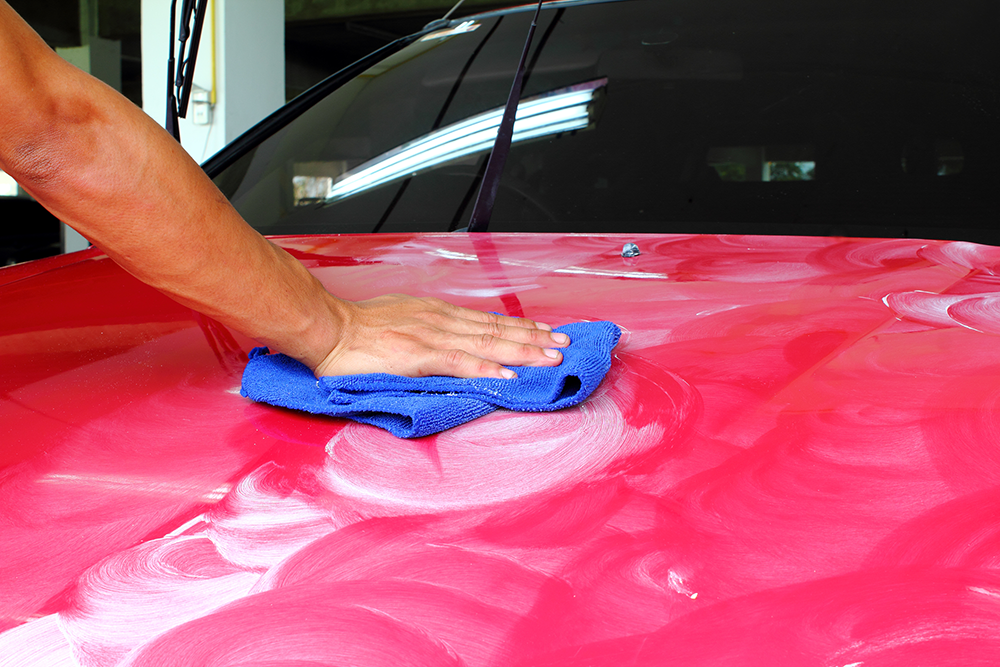Insulator Wax Helps Keep Up (Vehicle) Appearances During Winter

A layer of wax helps protect a vehicle’s paint job in any season. There are waxes specifically designed to handle winter’s cold, and the best time of year to apply them is right now.
“‘Winter waxing as a preparation should generally be done in the fall,” said Mark Taylor of Collinite Corporation, an automobile wax manufacturer in Utica, New York. “If the surface is too cold, the wax will not bond correctly--if at all.”
Wax provides a layer of protection, allowing water to bead and easily wick away.
“Insulator wax is the best choice when someone wants lasting protection and simplicity, especially when hard buffing and frequent reapplication are impractical,” said Mark Taylor, who operates the fourth generation business with his brother Patrick. “It’s a durable coating that preserves finish and shields against the elements, like ultraviolet rays, rain, snow, salt, dust, dirt, grime, bugs, staining and more.”
Routinely washing and waxing your vehicle proves vital to helping the exterior stand up to the elements, like snow, ice, road salts and constant rain.
And it’s important to do it before temperatures turn frigid, Mark Taylor said. For example, the air temperature shouldn't be less than 55 degrees when you apply wax.
The Taylors offer the following tips on applying the right winter wax and making it as efficient as possible:
- Look for a wax formulated for winter. These specialty waxes contain ingredients that insulate, providing further protection against the elements.
- Apply to a freshly washed vehicle. Wax works best when applied to a clean, dry surface. While hand washing your vehicle is preferred, save time by going to a local car wash facility.
- Keep a pair of waterproof gloves handy. A pair of waterproof gloves and boots can help keep your hands and feet warm and dry while working the hose and suds.
- Use small amounts of wax. Don’t overdo it--use small dabs applied to a microfiber applicator pad. Spread thinly, evenly across one small section of the exterior at a time.
- Polish when wax dries. Polish off with dry microfiber towel as soon as wax dries/hazes.